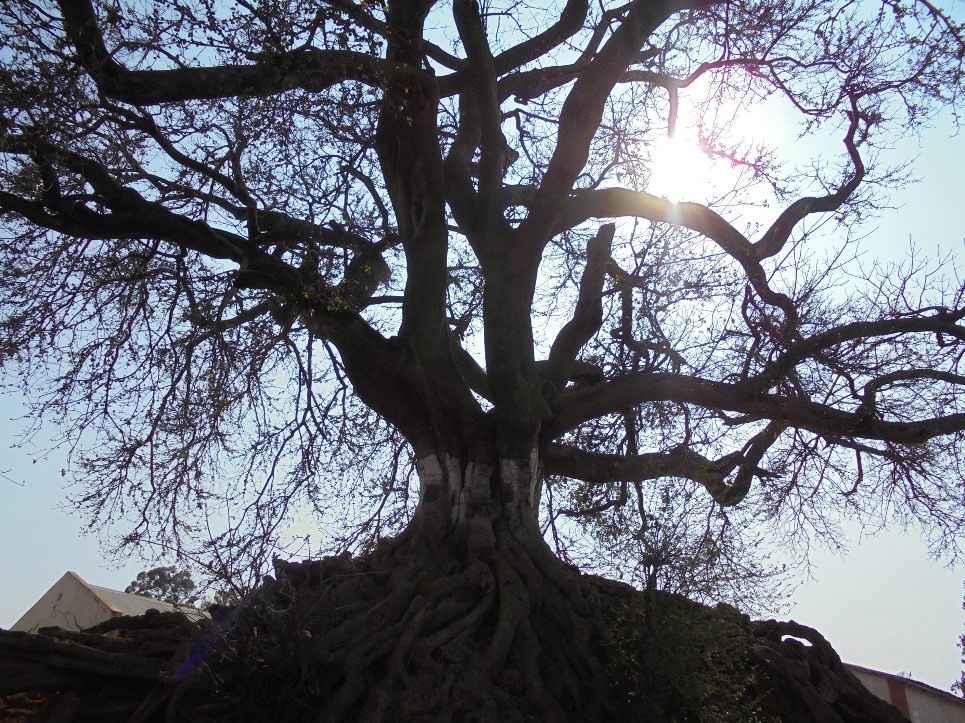MCN Healthcare staff give back in a variety of ways during the year. One of our clinical staff recently travelled to Madagascar through the Lutheran Church Missouri Synod. This group sends short term medical teams into a variety of countries to provide much needed care to rural, under-served areas. Each team is made up of 14 members from all over the US; pastors, nurses, pharmacists, and other medical and lay persons. We will be sharing her experiences with you over the next few weeks.
Schools for the Disabled and for the Blind
The School for the Disabled is an association of the parents. There is a director and one teacher. The children have different disabilities and levels of development. The school is actually one rented classroom. The toys, books and other teaching tools are at least 10 years old. The parents give a certain amount of money annually for their children to attend and the rest must be earned. The school owns 3 pousse pousse (2 have been broken for eight years) that they can lease out for income. Once they graduate from the school, many students get jobs as street vendors. One graduate student was there. She is able to speak English and has had a job since graduating from the school. Another graduate went to college to study business and hopes to one day buy a computer and printer so she can open her own printing business. The life in Madagascar is hard enough for the normal resident; it is hard to imagine how someone with a handicap can survive.
The School for the Blind was established in 1924. The school is impressive. The grounds are hilly and beautiful with multiple buildings, gardens, and chickens. The school and the grounds are immaculate. The day we visited was the second day of the school year. The school has 120 students that live on the campus; four to a room with two sets of bunks. Grade appropriate lessons are taught in the classrooms and how to cook, clean, and do activities of daily living are taught after class. At the beginning of each school year, the students review information taught the previous year. We saw students with abacus for math problems. The children are all taught to read and write in braille along with typing on a computer keyboard with an application that corrects them if they use the wrong key. All books are printed in braille at the school. The school can print 1 book per month or 10 per school year. The graduates take the written exam required for completing high school; the School for the Blind has a 100% pass rate.
The children (about 60, all the students have not yet returned) were all gathered in one room to meet with us. The children wear school uniform; they are clean and all look happy. Some of them had damage to their eyes that was very apparent. We were given a gift; the children sang for us. They were energetic, clear and beautiful to hear. It was a joy to watch and hear them and then to watch them take off out of the room when their time with us was over. They are taught to navigate the campus with its stairs and doorways.
The parents contribute approximately $61 per year for their child to attend the school. Due to politics, funding for the school has been cut. Currently, the teachers have not been paid since March but they continue to work with the children. Also, due to the lack of funds, there is not much food for the children to eat. The day we were visiting, dinner consisted of watered-down rice.
The visit to the School for the Blind was the most profound and sad event for us to date on this trip.
MCN HEALTHCARE
Regulatory Compliance Solutions for Healthcare Organizations,
Including Policy Management Software, Policy Library Templates,
StayAlert! – Regulatory Alert System, and Learning Management System

